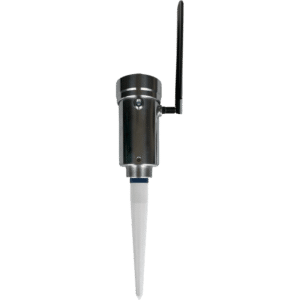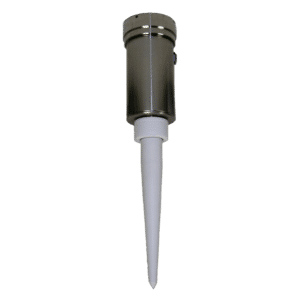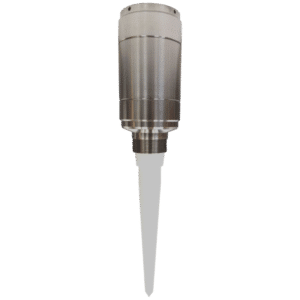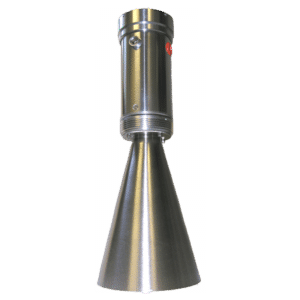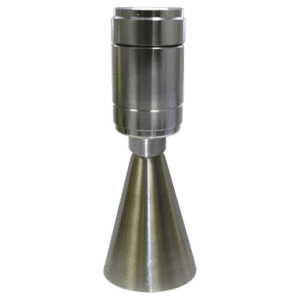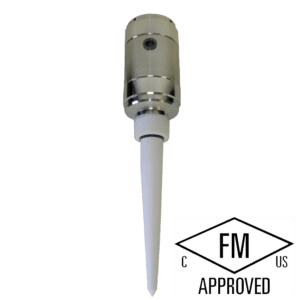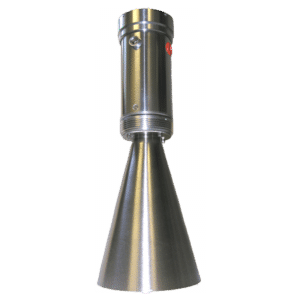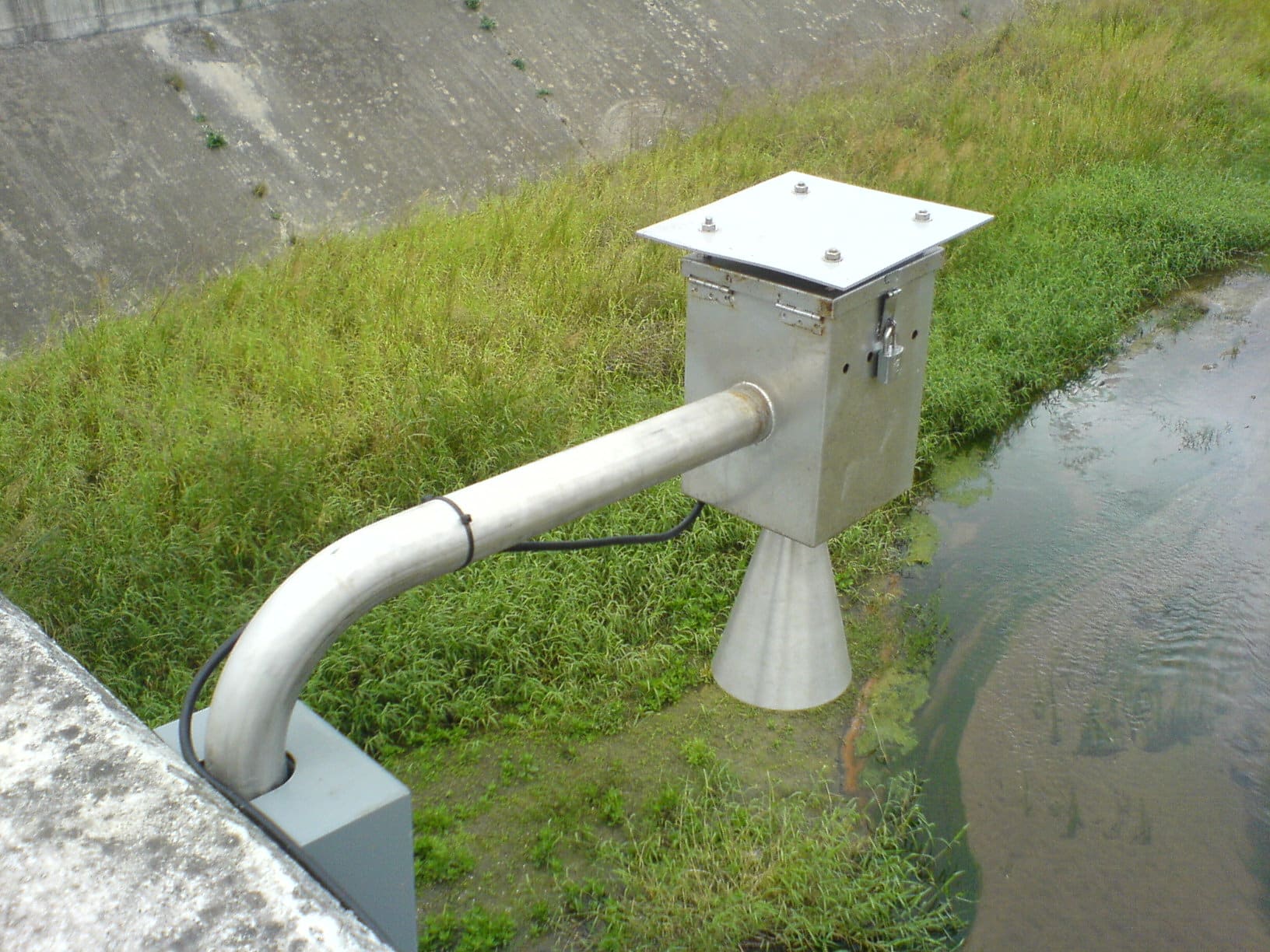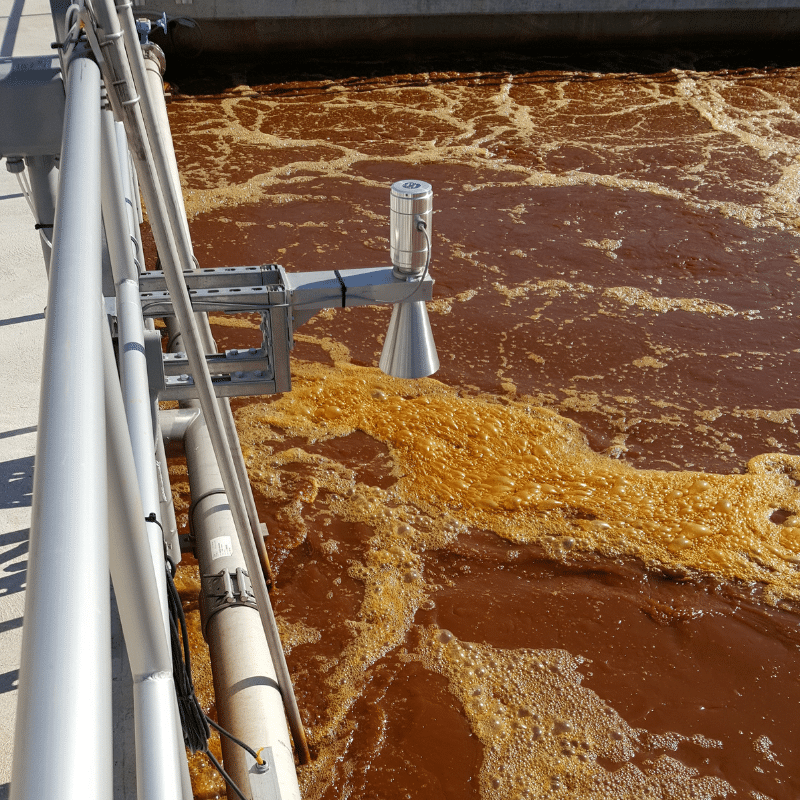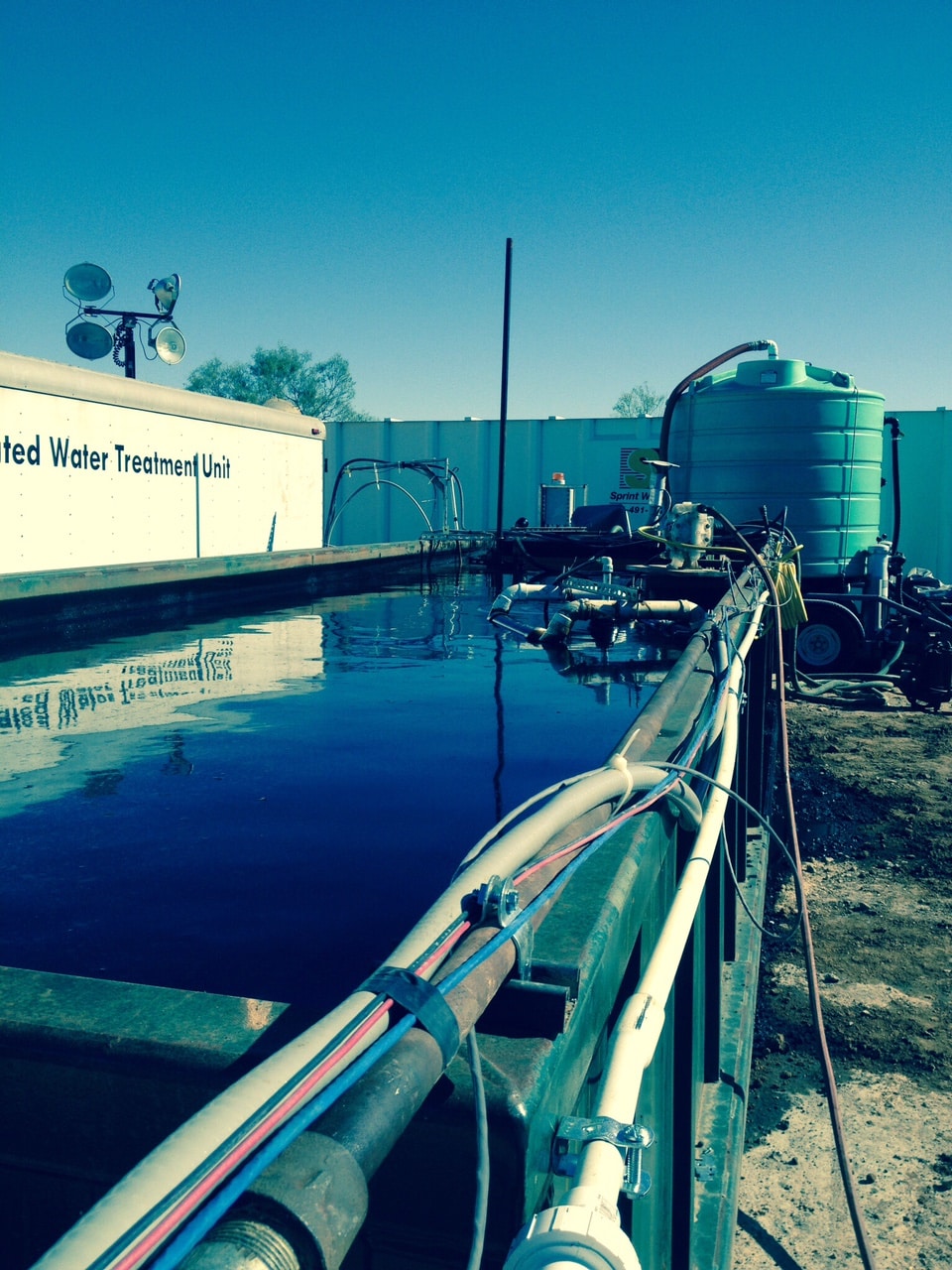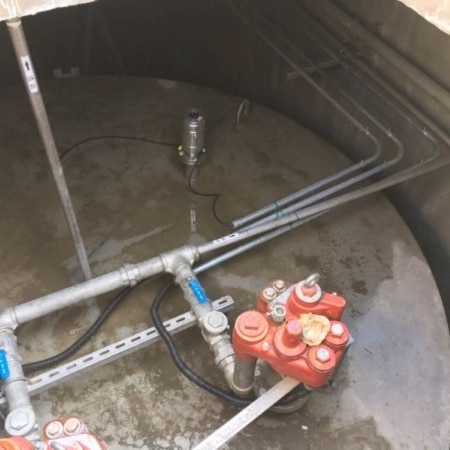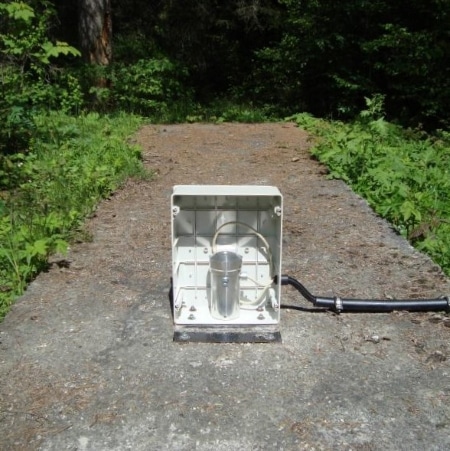Radar Level Sensors
Continuous level measurement in liquids and solids with non-contact radar level sensor
Radar level sensors are ideal for continuous level measurement of liquids and solids in challenging environments that have vapour, gases, temperature variations, extreme temperatures, extreme dust, wind, foam, ice or acoustic noise. ABM’s non-contact radar sensors are plug-and-play, maintenance-free and backed with full customer support to ensure long-term successful operation in the field.
-
Wireless Remote Radar Level Sensor R-RMB
Radar Sensors -
Liquid Radar Level Sensor R-LIQ
Radar Sensors -
Remote Radar Level Sensor R-RM
Radar Sensors -
Sanitary Radar Level Sensor R-SAN
Radar Sensors -
Explosion Proof Radar Level Sensor R-EXP
Radar Sensors -
High Temperature Radar Level Sensor R-HT
Radar Sensors -
High Pressure Radar Level Sensor R-HPR
Radar Sensors -
Solids Radar Level Sensor R-SLD
Radar Sensors -
Fast Response Radar Level Sensor R-FR
Radar Sensors -
Flood Monitoring Radar Level Sensor R-FM
Radar Sensors -
Oil-Water Interface Detection Radar Sensor R-ID
Radar Sensors -
Anti-Collision Radar System R-AC
Radar Sensors
Continuous Level Measurement: Sensor Selection
ABM offers various level sensors to meet the demands of your application. Use our product configurator or submit the level application form – our trained engineers with over 40 years of experience are here to support you.

An electromagnetic pulse is transmitted from the sensor. The pulse travels to the surface being monitored and is reflected off the surface back to the sensor. The time-of-flight is divided by 2 and converted to an output signal directly proportional to the material level.
ABM’s non-contact pulse radars have feedback with the environment and automatically adjusts the transmit power, length of pulse and receiver sensitivity to match the current conditions. The same amplitude of echo is received regardless of distance. With self-adjusting technology, the receiver detects only one echo from the measured media while all false echoes are pushed under the noise level and eliminated. In addition, the sensors have a very narrow radiation beam and very short blanking.
Benefits
- Accurate and reliable measurements with self-adjusting technology – one echo only. False echoes from ladders, partitions, cross-beams, pipes, or material build-up are eliminated. No mounting influence on the sensors performance
- Maintenance-free due to build-up resistant Teflon antenna and non-contact operation. Water condensation does not affect operation
- Works on liquid and solid materials, in extremely high temperature processes, sanitary processes, hazardous environments and more
- Short transmitted pulses, very high resolution to detect oil-water interface
- Optional remote monitoring and full remote sensor control for set up, calibration, diagnostic and troubleshooting using cellular network
- Plug-and-play installation with simple push-button calibration
- Fastest response on the market
Applications and Case Studies
Specification Sheets
Standard
| 2-wire loop-powered HART Smart Self Adjusting Radar for Liquids | |
| 3 & 4-wire Smart Self Adjusting Radar for Liquids |
Explosion Proof 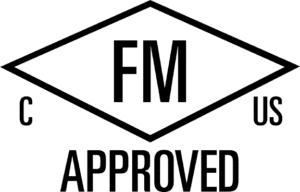
| 2-wire loop-powered HART Radar for Explosion Proof Applications | |
| 3 & 4-wire Radar for Explosion Proof Applications | |
| Certificate of Compliance – Canada | |
| Certificate of Compliance |
High Pressure
| 3 & 4-wire Radar for High Pressure up to 70 bar |
Any Solid Material
| 2-wire loop-powered HART Dual Frequencies Smart Radar | |
| 3 & 4-wire Dual Frequencies Smart Radar | |
| 3 & 4-wire 26 GHz Smart Radar |
Outdoor Flood Monitoring
| 2-wire loop-powered HART Radar For Outdoor Flood Monitoring | |
| 3 & 4-wire IP68 Radar For Outdoor Flood Monitoring |
Oil-Water Interface Detector 
| Oil-Water Interface Detection |
Sanitary Applications
| Sanitary Radar Specifications |
Contact Level Measurement
| Contact Sensors For Stilling Well | |
| Contact Sensors For Guided Wave (TDR) |
